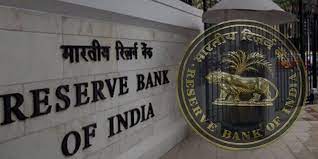
India’s robust retail lending sector is raising concerns within the banking industry, with a potential systemic risk looming. The year-over-year growth in non-mortgage lending by banks and non-banking financial companies (NBFCs) at 25-30%, driven by credit cards, durables, autos, personal loans, and education loans, is becoming a focal point. While a recent RBI study suggests the overall health of retail loan portfolios remains sound, it cautions about signs of weakness in subcategories like credit cards and vehicle loans that require close monitoring.
The study recommends regulatory tightening, reflecting concerns about escalating credit risks stemming from aggressive retail lending. Recent RBI measures, including increased risk weights on non-mortgage retail lending and curbing evergreening of bad assets, signify regulatory awareness of systemic and lender-specific risks beyond reported figures. The study suggests continuous monitoring, enhanced structural prudential tools, and additional regulatory frameworks to mitigate risks.
However, the study may underestimate concerns by suggesting the retail lending boom is structural and less troublesome, contrary to the inherent procyclical nature of the lending cycle. It overlooks the weakened quality of collateral as the proportion of mortgage lending in retail has declined. The rising dominance of retail lending is attributed to subdued industrial credit demand and a sluggish private capex cycle.
Despite low NPA ratios on retail lending amid exuberant growth, the study doesn’t consider the negative correlation between NPA and lending cycles. With RBI adopting a granular approach to contain retail lending, using credit tightening instruments and urging banks to reduce credit-deposit ratios, headwinds for the banking sector may intensify. Investors may face uncertainty, and potential relief could hinge on global capital flows and a possible deceleration in credit growth.
While the study points to regulatory tightening, it may be challenging to reduce rates amid global uncertainties and structural food inflation. Realistically, the normalization of liquidity may result from the current regulatory tightening, mitigating retail lending exuberance.




